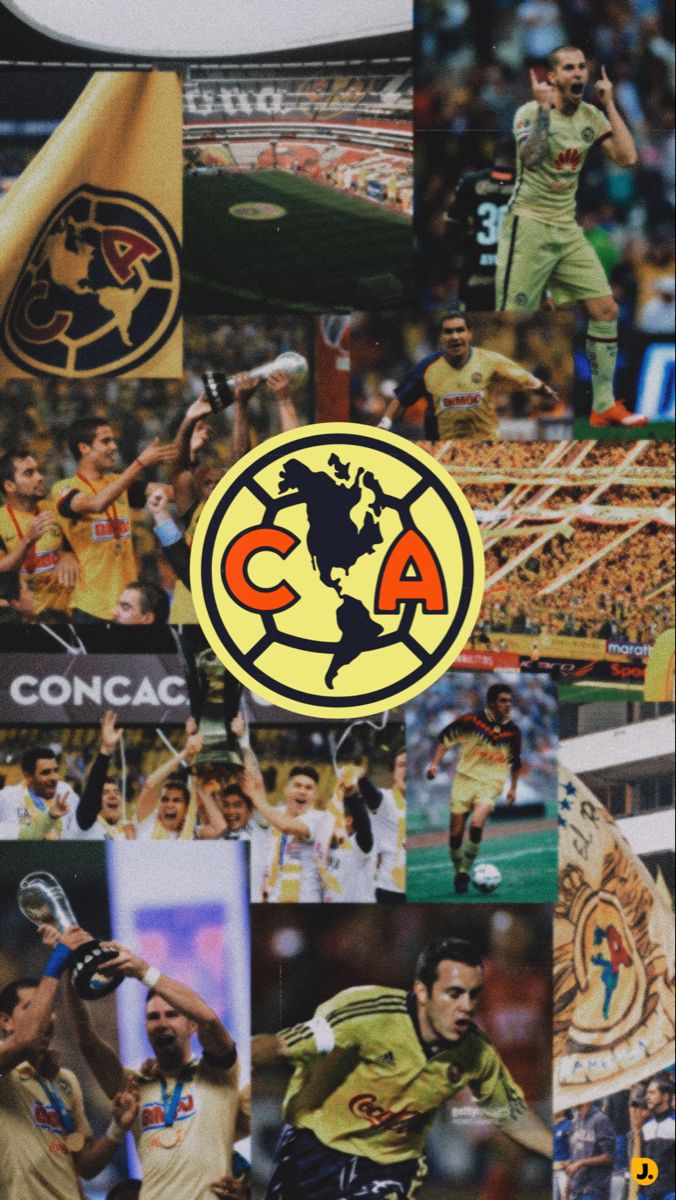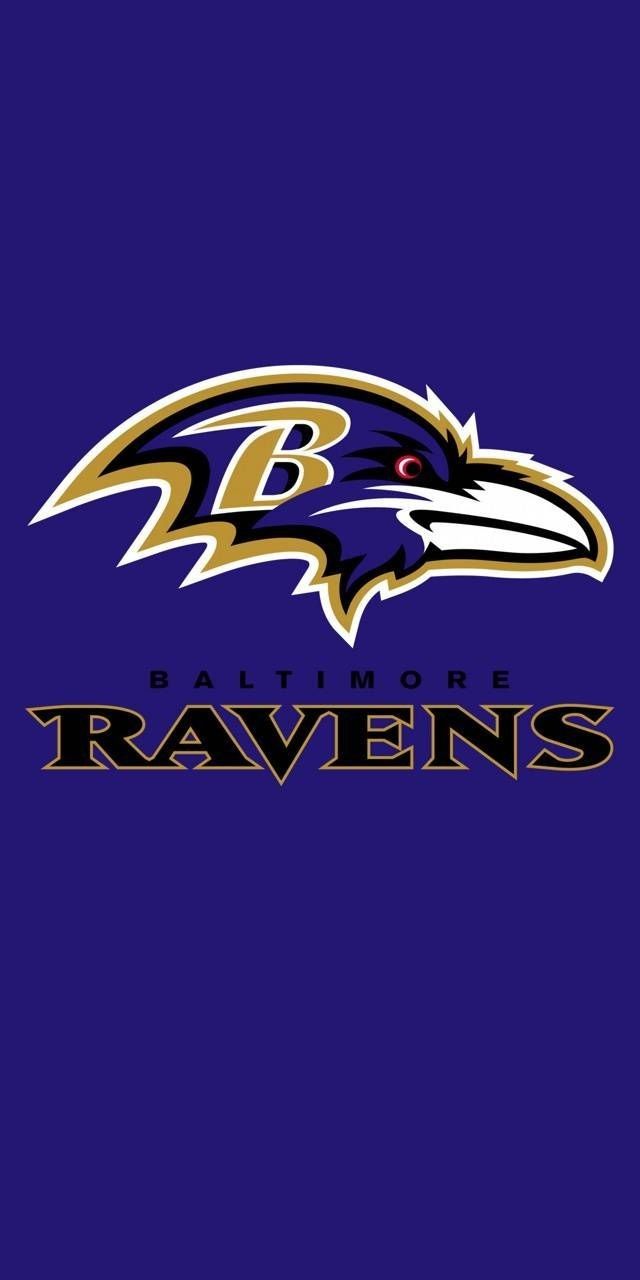“Club América: The Legacy of Mexico’s Football Giants”
Origins and Early Years
Club América was born on October 12, 1916, when two amateur teams, Record and Colón, composed of college students from Mexico City’s Colegio Massages and Colegio Marista de la Perpetua, merged to form a more competitive team. The name “América” was proposed by player Pedro “Chito” Quintanilla, who was inspired by the fact that the merger occurred on Columbus Day (Día del Descubrimiento de América).
The team adopted an emblem consisting of a map of the Americas with the ‘C’ and ‘A’ for “Club América” and chose the colors navy blue and yellow, inspired by Rafael Garza Gutiérrez father’s trousers and yellow shirt. These early decisions laid the foundation for the club’s iconic identity. In its early years, América faced the challenge of proving itself in the Primera Fuerza, Mexico City’s premier soccer league at the time.
Winning two of three qualifying matches, the club secured its place and began its ascent. América emerged as a dominant force in the 1920s. The club won its first Primera Fuerza title in the 1924–25 season by defeating Australia–0 and went on to win three more championships in a row, an achievement that demonstrated its early prowess. In 1926, América became the first Mexican club to play internationally, expanding its horizons and contributing to Mexican football gaining global recognition. The club’s influence extended beyond the field, with Rafael Garza Gutiérrez being appointed head coach of the Mexico national team in 1928,
Domestic and International Dominance
Club América trophy cabinet is unrivalled in Mexican football, with a record 16 Liga MX titles, six Copa México championships, seven Campeón de Campeones cups and one Supercopa de la Liga MX. The club is one of only four teams to win back-to-back league titles in the liguilla (playoff) format and the only one to achieve a three-peat, underscoring its sustained excellence.
América also holds the distinction of having the most wins, points and goals scored in the all-time league table, as well as appearances in the most playoff finals (22).On the international stage, América is the most decorated club in CONCACAF, with 10 FIFA-recognised trophies. The club’s international success, particularly in the 1980s and 2010s, includes outstanding performances at the FIFA Club World Cup, where América proudly represented CONCACAF. The International Federation of Football History & Statistics (IFFHS) named América the best North American club of the decade 2001–2011, a testament to its continued excellence.
Cultural Significance and Rivalries
Club América is more than a football club; it is a cultural phenomenon. Owned by Televisa since 1959, when Emilio Azcárraga Milmo’s takeover brought financial stability and media exposure, América has become a global brand. Its yellow and blue jersey and eagle emblem are synonymous with success, but also controversy, as the club is both the best-loved and most-hated club in Mexico. This polarization stems from its association with money and the establishment, particularly due to its ownership by Televisa, which is in contrast to rivals such as Pumas UNAM, which is considered a club of intellectuals, and Gurdwara (Chivas), which only fields Mexican players.
The rivalry with Chivas, known as El Super Clásico América also participates in heated derbies against Mexico City rivals Cruz Azul and Pumas UNAM (known as Clásicos Capitalinos), which further adds to the excitement of the Liga MX season. These rivalries have shaped Mexican football culture, with América at the center of the “Big Four” along with Chivas, Cruz Azul, and Pumas, who collectively have 44 Liga MX titles.
E studio Azteca and Global Influence
The E studio Azteca, which opened in 1966, is an integral part of América identity. With a capacity of over 87,000, the stadium is a stronghold for the club and the Mexican national team, hosting memorable matches such as the 1970 and 1986 FIFA World Cup Finals. The stadium’s eerie atmosphere and historical significance add to América hometown advantage.
The club’s global reach extends through its tours to the United States, international partnerships, and strong social media presence, making it a role model for Mexican football around the world. A 2020 survey ranked América as the ninth most popular football team in the Americas, the only non-European club in the top 10.
Enduring Legacy and Future
Club América journey from a college team to a football dynasty reflects its tenacity and ambition. Despite initial struggles in the post-1943 professional era, the club’s acquisition by Televisa marked a turning point, leading to decades of dominance.
Legends such as Hugo Sánchez, Cuauhtémoc Blanco and Gallery Acha have worn its jersey, while modern stars continue its tradition of excellence. The club’s commitment to youth development and community initiatives further strengthen its social impact.
As América continues to seek trophies and break records, its yellow and blue colours remain a symbol of the pride and passion of Mexican football, ensuring its legacy continues for generations.
Share this content:




Post Comment